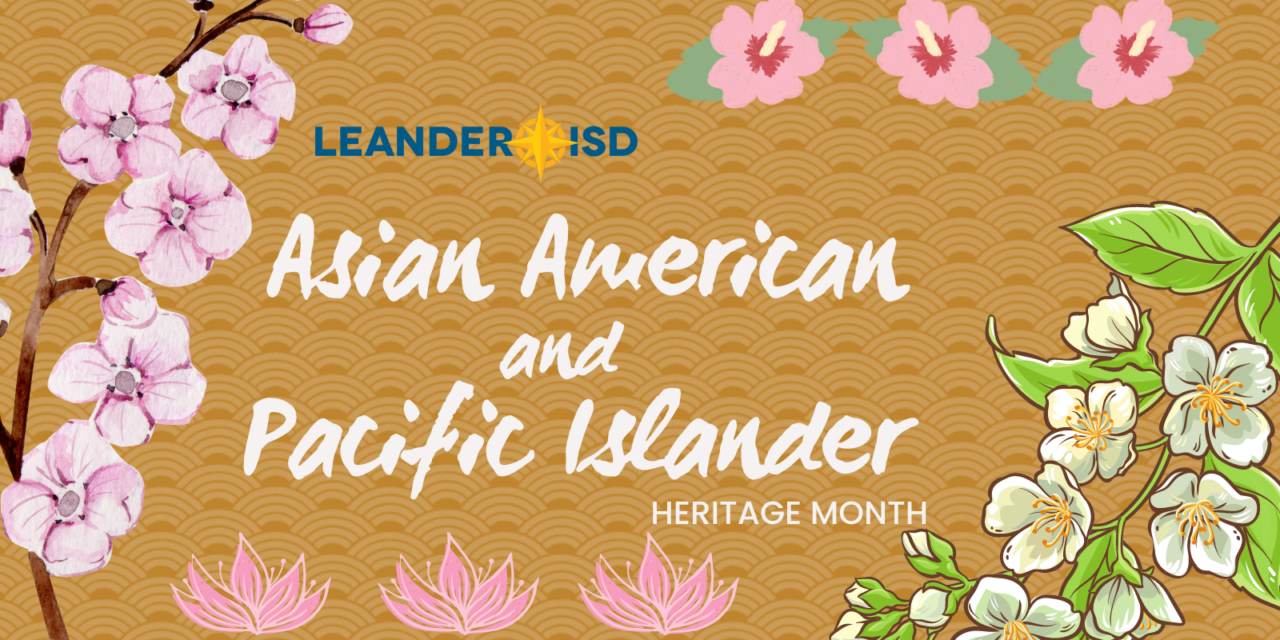Children who learn together, learn to live together. The author of these words is unknown, but that does not diminish their power. The struggle for educational access and opportunity has made our community and nation more vibrant in so many ways. As we observe Asian American Pacific Islander (AAPI) Heritage Month, it is only fitting that we remember and honor their struggle for access to public education, which led to increased opportunity for all citizens. The journey of the Asian American Pacific Islander community is the journey of US as a nation.
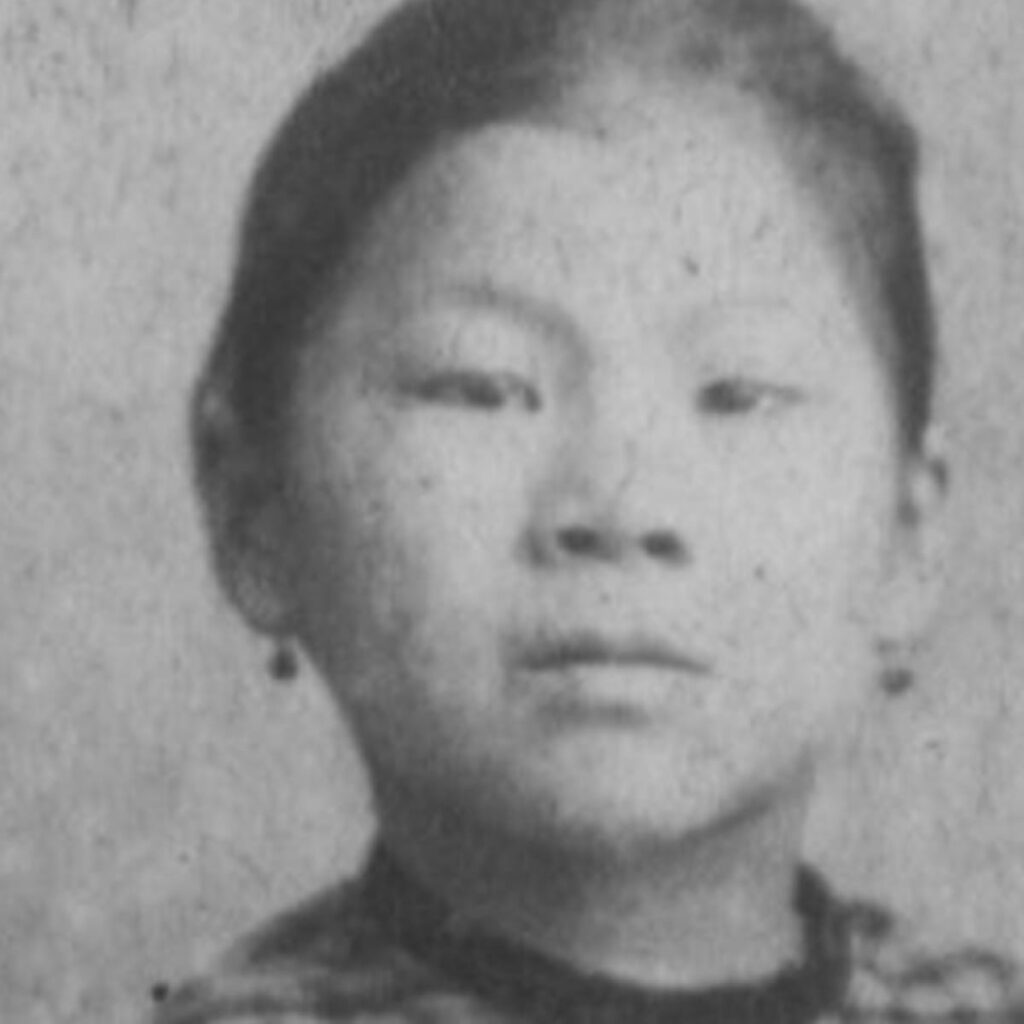
Their insistence that public education includes all extends back to 1885, when Mamie Tape and her parents sued the School Board of San Francisco for denying her the opportunity to enroll in school, due to her race. The California Supreme Court ruled in her favor, but unfortunately, Tape did not get the opportunity to attend the integrated school of her choice. Mamie Tape’s willingness to stand up for access to education inspired those who came after her and led to the integration of San Francisco’s public schools and, ultimately, the nation.
The AAPI community is incredibly diverse and rich in its history. There are so many stories that we are now only learning about and others we know well. The latter includes the Chinese laborers who were instrumental in building the Transcontinental Railroad, as well as the passage of the Chinese Exclusion Act of 1882. We can recall the Japanese internment during World War II and how the relatives of many of those interned fought and demonstrated their patriotism as part of the famed 442nd. There are other stories that are lesser-known and just as important.
One example is the story of Wong Tsu, who became Boeing’s first aeronautical engineer, hired in 1916. His influence and expertise were foundational to Boeing going on to dominate the aircraft industry in the 20th Century. Other examples include the countless numbers of Koreans, Indians, and Filipinos who fought against the Axis nations in World War II for the cause of freedom, something that many of them did not fully experience due to colonialism and racism. Nevertheless, they believed in freedom, and it was that belief that led to the independence of the Philippines in 1946 and of India in 1947.
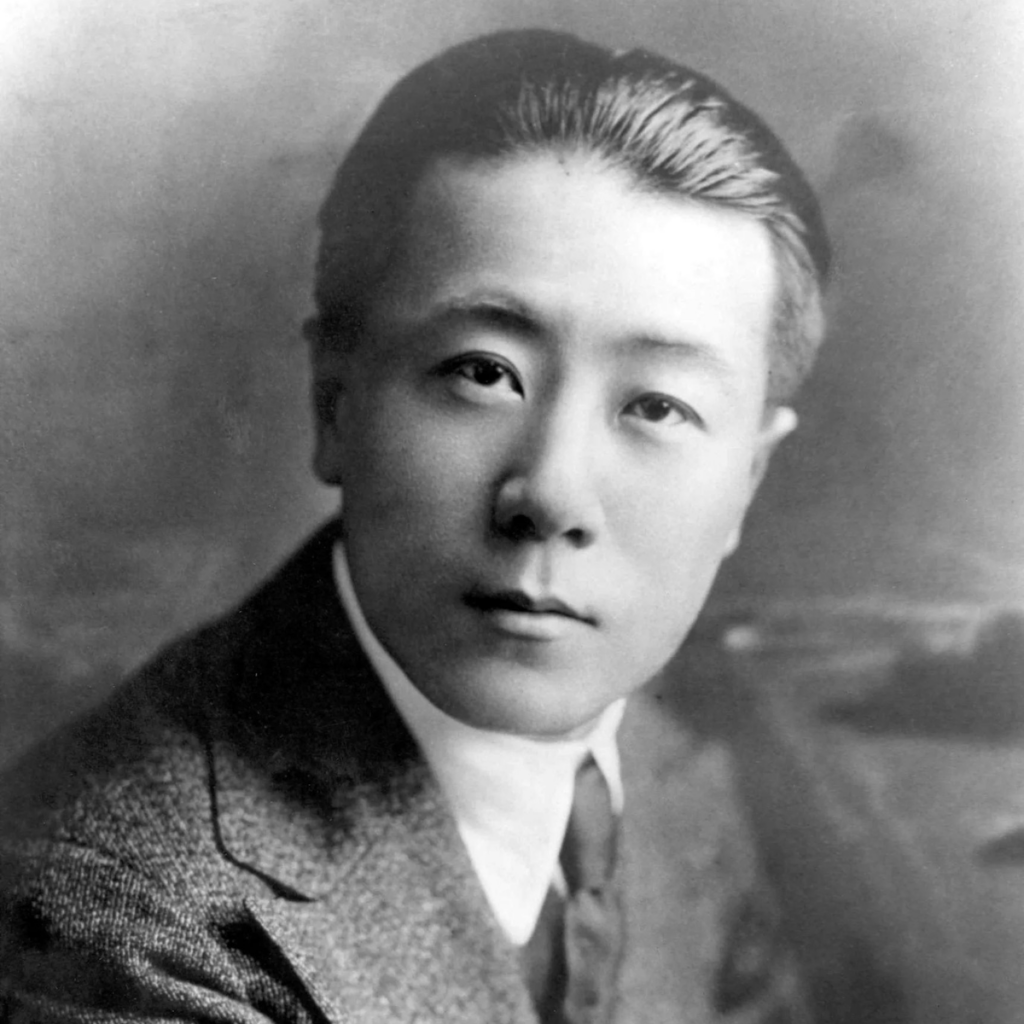
The history of Filipinos in the United States is unique, filled with challenges and optimism. To tell part of this story, I have asked my colleague, Crestina Hardie, to join me this month. She is truly an exceptional professional and one of the best people I have met over the course of my career. Please see her words below.
If you knew my father Abe Chavez, just hearing his name would make you smile. You would know where I got my boisterous laugh and the inherent smile on my face. In 1965, the US Immigration Act revoked national-origin quotas which led to greater immigration to the United States. Around that same time, my father had just graduated from college. Equipped with an accounting degree and a “why not?” attitude, he applied for a working visa. Months later, he received a letter, basically welcoming him to America. Filled with doubt, he was on the verge of not making the journey to this nation. My Lola (grandmother) responded by selling camotes (sweet potatoes) from a food cart so that he would have enough money once he arrived. One generation paving the way for the next would be a theme for my family.
Daddy’s journey landed him in Chicago. My father, an islander was now in Chicago. In his first year in the States, he experienced his very first blizzard. Working for an accounting firm, he didn’t realize cities shut down for inclement weather. That was due to the ingrained hard “earn-your-keep” worker in him. Two feet of snow on the ground and flakes still falling along with punishing winds stood between him and his morning appointment with a client. My father, no bigger than your smallest seventh-grader, wrapped himself in a trench coat, scarf and hat and headed out the door. He didn’t let closed roads stop him. He didn’t let the shutdown “L” (elevated train) stop him. The man walked. The only man out on the streets of Chicago was walking because he made a commitment. His shoes were ruined, and his pant legs were soaked from tromping through the snow, however, he showed up at his client’s door as promised.
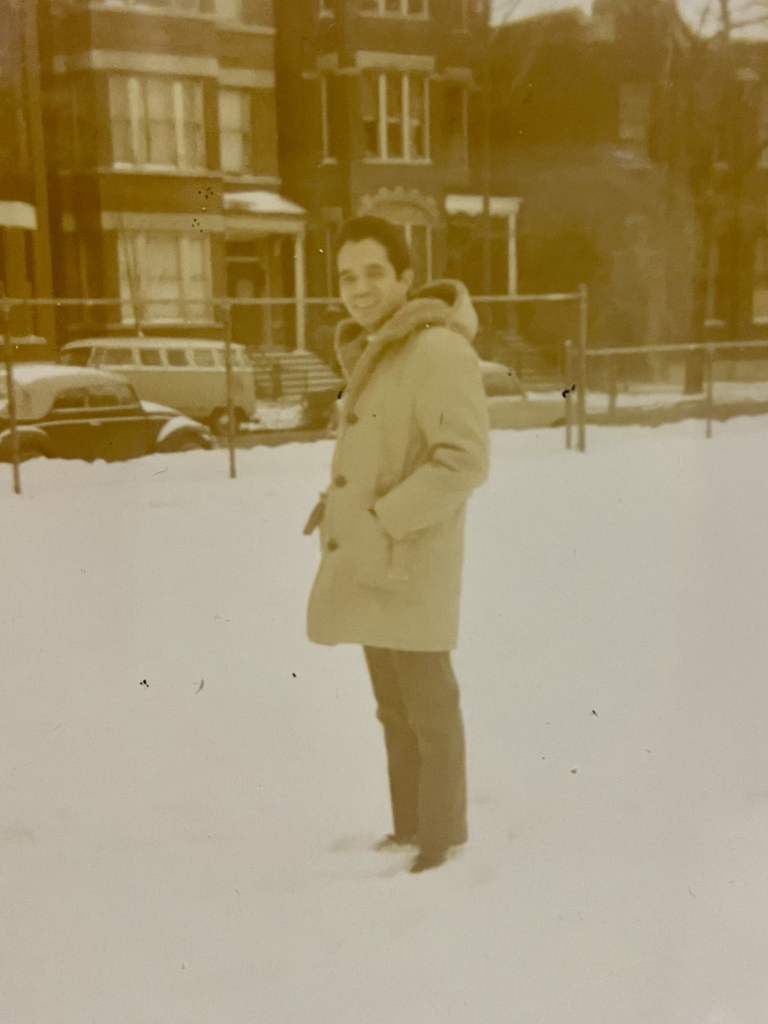
After the blizzard, my father thawed out and experienced profound homesickness. Miserable, he longed for his food, his language, his culture. Yet, he continued to put one foot in front of the other. When he shared this piece of his journey with me, I began to see his tunnel vision as it related to achieving the American dream and his refusal to acknowledge that dreams sometimes come at great cost. Luckily, the dream started to truly live up to its promise. By virtue of a client-turned-friend, Daddy moved to Austin, TX. He met my mother, and they started a family. Yet, that longing for his food, language and culture never faded.
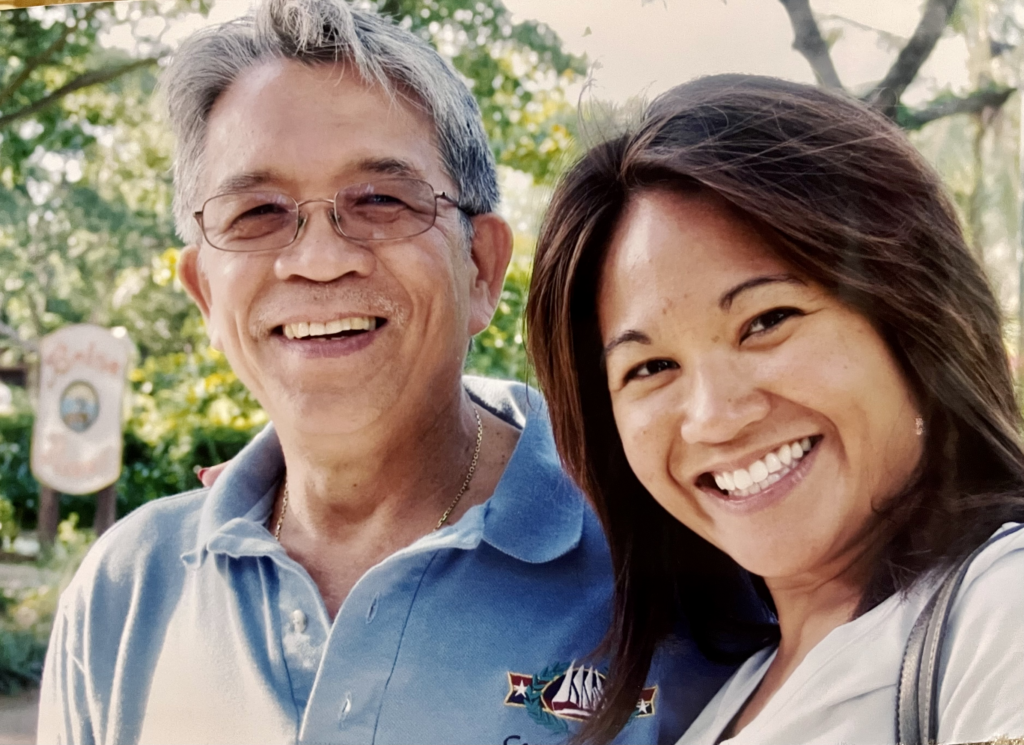
Our family was among the first Filipinos in Austin, our home became the Pinoy flagship. Not just for others like us, but for those who wanted to know more about us. The importance of keeping our heritage alive and thriving turned into the creation of the Austin Filipino-American Association. My father proudly served as a founding officer. Ultimately, my father tromping through the snow led to the creation of a beautiful and simple life for his family. He provided so many opportunities for us which included education, a career that I love and now, raising my own family. I get to teach them how to overcome life’s blizzards the way that he taught us. This continues the generational uplift started by my Lola over fifty years ago, it is now my turn. For, this is how I continue to honor Daddy.
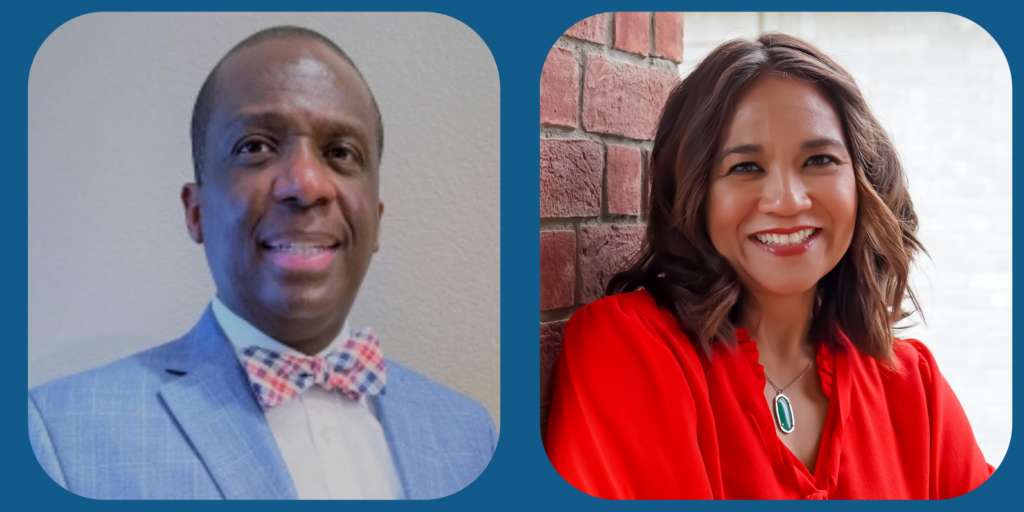
Leander ISD Chief of Diversity, Equity, and Inclusion DeWayne Street and Chief Communications Officer Crestina Hardie contributed this article. For more information on the district’s DEI initiatives, please visit www.leanderisd.org/equitydiversityinclusion.

